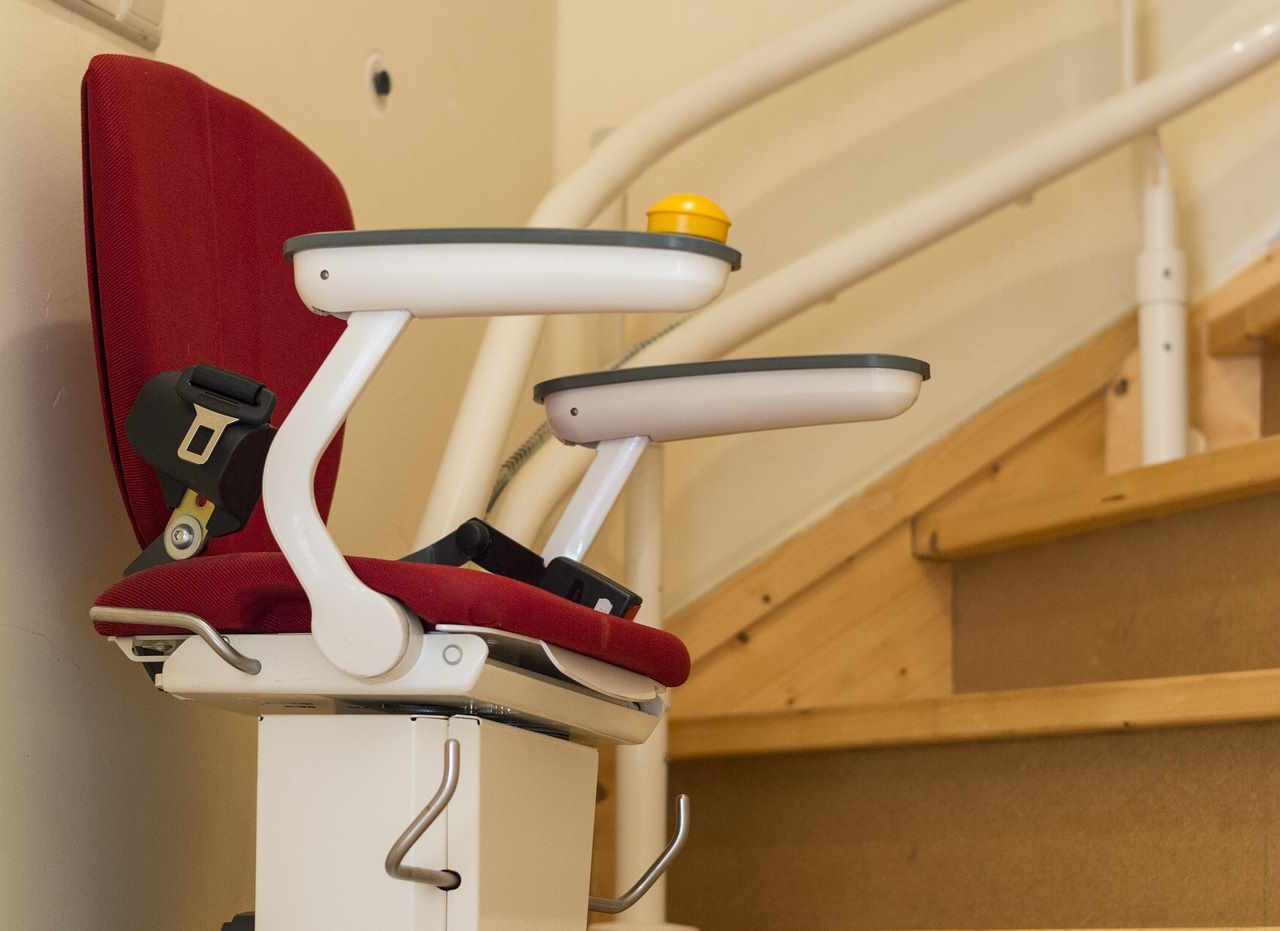Comprehensive Guide To Inclined Elevators For Stairs
Inclined elevators for stairs, commonly known as stair lifts, provide a safe and reliable mobility solution for individuals who face challenges navigating staircases in their homes. These mechanical devices operate along a rail system installed on the staircase, allowing users to travel smoothly between different floor levels while remaining seated. Whether due to aging, temporary injuries, or permanent mobility limitations, inclined elevators offer independence and peace of mind for users and their families, eliminating the need to relocate or avoid upper floors of the home.

Types of Inclined Elevators For Stairs
Inclined elevators come in several configurations to accommodate different staircase designs and user needs. Straight stair lifts represent the most common type, designed for staircases without curves, landings, or turns. These units feature a single rail system and typically offer the most affordable installation option.
Curved stair lifts accommodate staircases with bends, turns, or intermediate landings. These systems require custom rail fabrication to match the exact specifications of the staircase, making them more complex and expensive than straight models. The rail follows every contour of the stairs, ensuring smooth operation throughout the entire path.
Outdoor stair lifts are specifically engineered to withstand weather conditions, featuring weatherproof materials and components. These units help users access porches, decks, or other elevated outdoor areas safely.
Inclined Elevators For Stairs Key Features
Modern inclined elevators incorporate numerous safety and convenience features to enhance user experience. Safety sensors automatically stop the unit if obstacles are detected along the track, preventing accidents and equipment damage. Battery backup systems ensure operation during power outages, allowing users to complete their journey safely.
Smooth start and stop mechanisms provide comfortable rides without jarring movements. Remote controls allow users to call the lift to their current floor, while swivel seats enable easy entry and exit at both the top and bottom of the staircase. Weight capacity typically ranges from 250 to 400 pounds, accommodating most users comfortably.
Folding footrests, armrests, and seat options maximize space efficiency when the lift is not in use. Some models include diagnostic systems that alert users to maintenance needs or operational issues before they become serious problems.
Uses of Inclined Elevators For Stairs For Seniors
Seniors represent the primary user group for inclined elevators, as age-related mobility challenges often make stair navigation difficult or dangerous. These devices help seniors maintain independence in multi-level homes, reducing fall risks and allowing continued access to bedrooms, bathrooms, or other essential spaces located on different floors.
Inclined elevators benefit seniors recovering from hip replacements, knee surgeries, or other procedures that temporarily limit mobility. They provide a practical alternative to expensive home modifications or assisted living arrangements, allowing seniors to age in place comfortably.
Beyond physical benefits, these devices offer psychological advantages by reducing anxiety associated with stair climbing and maintaining familiar living arrangements. Family members also experience peace of mind knowing their loved ones can navigate their homes safely.
How to Install Inclined Elevators For Stairs
Professional installation is essential for inclined elevators, as proper setup ensures safety and optimal performance. The process begins with a thorough assessment of the staircase structure, measurements, and electrical requirements. Installation teams evaluate factors such as staircase width, wall strength, and electrical accessibility.
For straight staircases, installation typically requires one to two days. Technicians mount the rail system to the stairs or adjacent wall, install the motor and drive mechanism, and connect electrical components. The chair unit is then attached and tested for proper operation.
Curved installations take longer, often requiring three to five days due to the custom rail fabrication and more complex mounting requirements. All installations conclude with comprehensive testing, user training, and safety demonstrations to ensure proper operation.
Inclined Elevators For Stairs Prices
Understanding the financial investment required for inclined elevators helps families make informed decisions about mobility solutions. Several factors influence pricing, including staircase configuration, required features, and installation complexity.
| Stair Lift Type | Provider | Price Range |
|---|---|---|
| Straight Stair Lift | Stannah | $3,000 - $5,000 |
| Straight Stair Lift | Acorn | $2,500 - $4,500 |
| Curved Stair Lift | Bruno | $8,000 - $15,000 |
| Curved Stair Lift | Harmar | $9,000 - $16,000 |
| Outdoor Stair Lift | Handicare | $4,000 - $7,000 |
Straight stair lifts typically cost between $2,500 and $5,000, depending on features and brand selection. Curved stair lifts represent a significantly higher investment, ranging from $8,000 to $16,000 due to custom manufacturing requirements. Outdoor models generally fall between $4,000 and $7,000, reflecting their specialized weatherproof construction.
Additional costs may include extended warranties, maintenance agreements, or optional accessories. Some insurance plans or veterans’ benefits may provide partial coverage, making it worthwhile to explore financial assistance options.
Prices, rates, or cost estimates mentioned in this article are based on the latest available information but may change over time. Independent research is advised before making financial decisions.
Inclined elevators for stairs provide valuable mobility solutions that enhance safety, independence, and quality of life for users facing stair navigation challenges. With various types available to accommodate different needs and budgets, these devices offer practical alternatives to costly home modifications or relocations. Professional consultation ensures proper selection and installation, maximizing the benefits of this important accessibility investment.




